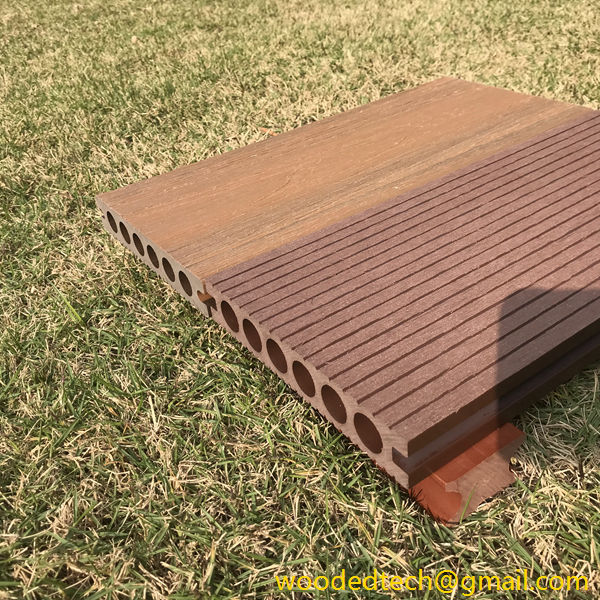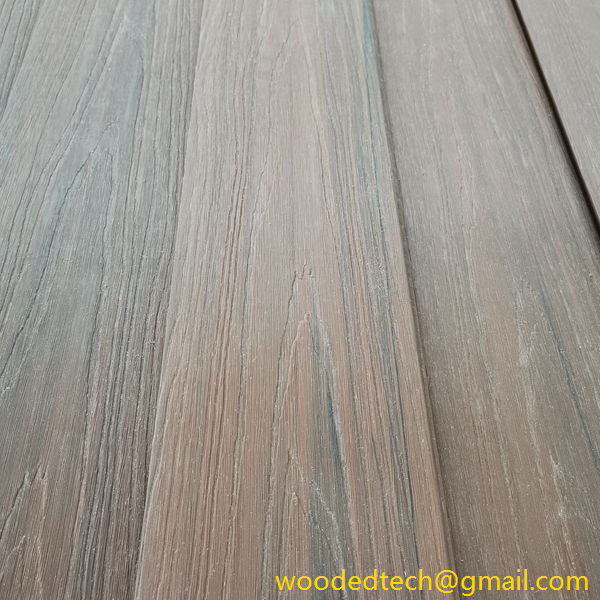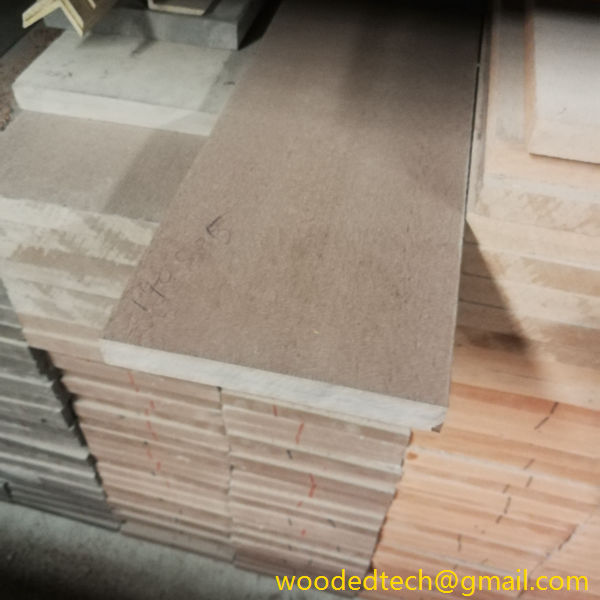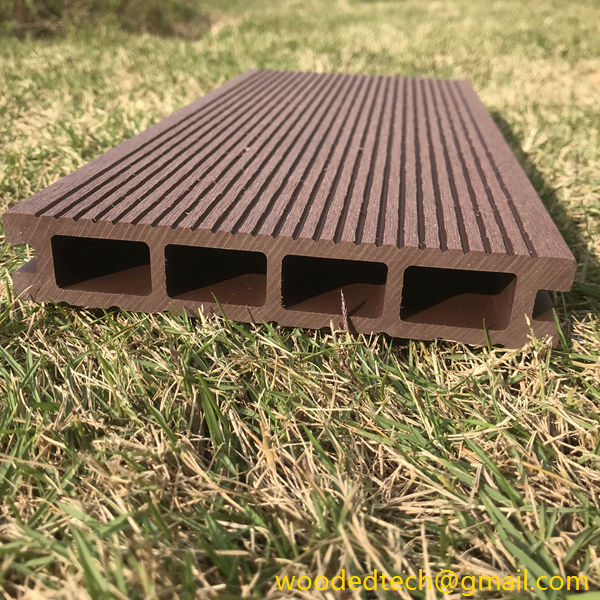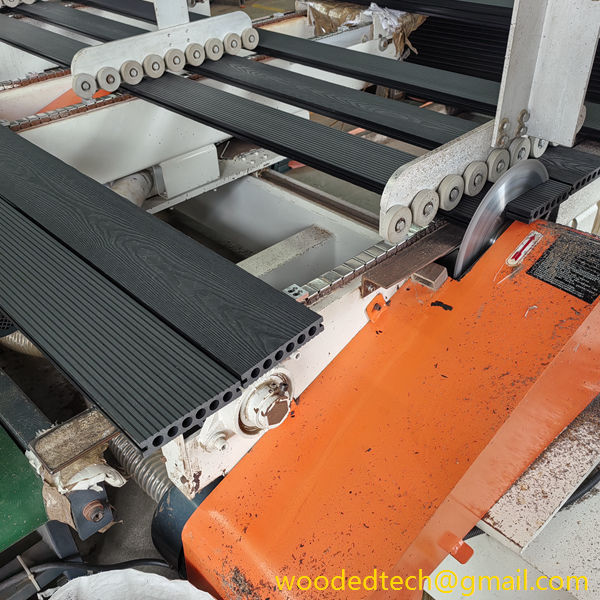Design a Beautiful Retreat with WPC Deck Garden Features
In the realm of modern construction and landscaping, the design of outdoor spaces has evolved significantly, focusing not only on aesthetic appeal but also on sustainability and durability. One of the most innovative materials gaining popularity in this context is Wood Plastic Composite, commonly referred to as WPC. This composite material is an ideal choice for creating a beautiful retreat, particularly in the form of deck gardens. By exploring the production processes and inherent qualities of WPC, we can appreciate its role in designing exceptional outdoor environments.
WPC is primarily composed of a blend of wood fibers and recycled plastic. The production process begins with the careful selection of materials, where wood fibers, often sourced from sawmill waste or reclaimed wood, are combined with high-density polyethylene or polypropylene plastics. This not only utilizes waste materials but also minimizes the environmental footprint associated with traditional wood sourcing. The mixing of these components occurs in a controlled environment, where heat and pressure are applied to create a uniform composite material.
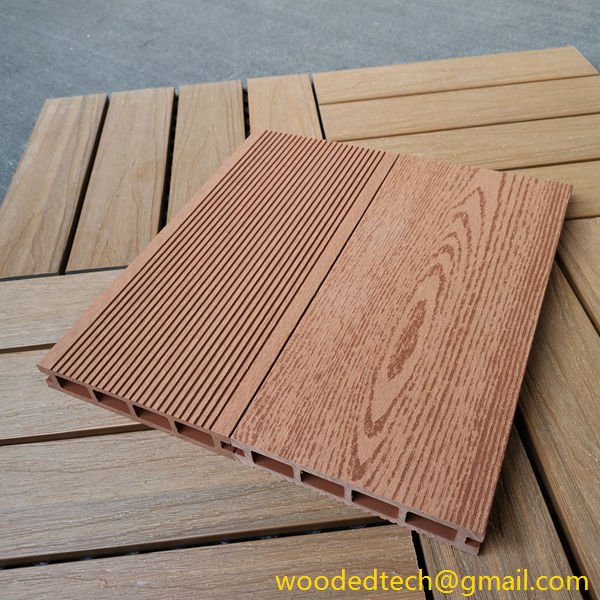
One of the key advantages of WPC is its resistance to the elements. Unlike traditional wood, which can warp, splinter, or decay when exposed to moisture, WPC is engineered to withstand various weather conditions. This characteristic makes it an ideal choice for outdoor deck gardens, where constant exposure to rain, sunlight, and temperature fluctuations can pose significant challenges. The manufacturing process includes the incorporation of additives that enhance the material’s UV resistance and further prolong its lifespan.
The aesthetic versatility of WPC is another compelling aspect that appeals to designers and homeowners alike. During the production process, WPC can be infused with different pigments and finishes, allowing for a wide range of colors and textures that mimic the appearance of natural wood. This capability means that outdoor spaces can be designed to reflect personal style while maintaining the charm of traditional wood. Whether one prefers a sleek modern look or a rustic, weathered finish, WPC can accommodate various design preferences.
In terms of installation, WPC offers significant advantages over traditional materials. The lightweight nature of WPC makes it easier to handle and install, reducing labor costs and time. Additionally, the interlocking design of many WPC products allows for straightforward assembly, which is particularly beneficial for DIY enthusiasts looking to create their own outdoor retreats. This ease of installation also extends to maintenance; WPC does not require regular staining or sealing like traditional wood, making it a low-maintenance option for busy homeowners.
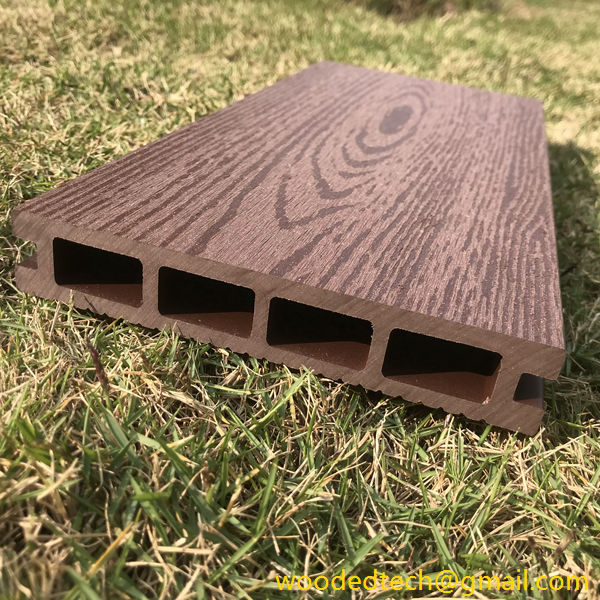
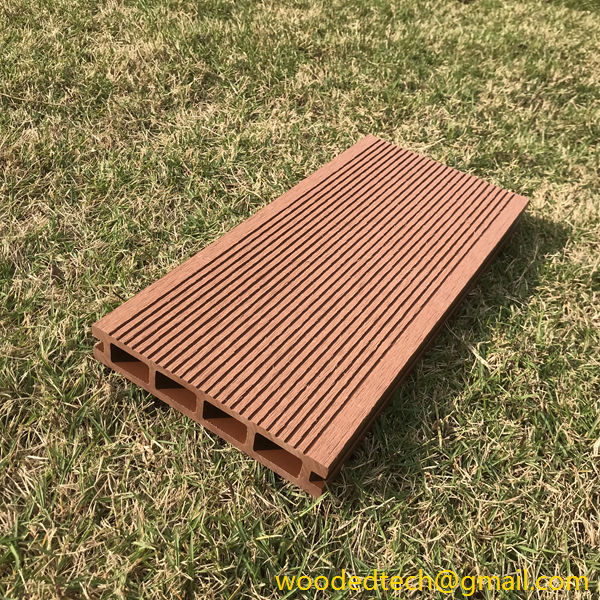
Integrating WPC deck features into a garden design can enhance the overall functionality and enjoyment of the space. For example, WPC can be used to create raised planters, seating areas, and walkways that blend seamlessly with the surrounding landscape. The material’s durability ensures that these features will withstand the test of time, providing a stable base for plants and a comfortable spot for relaxation.
Beyond its physical attributes, WPC also contributes to an eco-friendly approach to landscaping. By utilizing recycled materials in its production process, WPC supports sustainable practices and reduces landfill waste. Furthermore, the longevity of WPC means that fewer resources will be needed for maintenance and replacement over time, aligning with a more sustainable lifestyle.
When designing a retreat with WPC deck garden features, it is essential to consider the layout and flow of the space. Creating distinct zones within the garden can enhance its usability and visual appeal. For instance, a lounging area with comfortable outdoor furniture can be positioned adjacent to a dining space made from WPC, encouraging gatherings and outdoor entertaining. Incorporating lighting elements, such as LED strips along the edges of the deck or strategically placed lanterns, can further enhance the ambiance of the retreat, making it inviting both day and night.
In conclusion, the design of a beautiful retreat with WPC deck garden features is a testament to the harmonious blend of innovation, sustainability, and aesthetic appeal. The production processes that create WPC not only ensure its durability and low maintenance but also promote environmental responsibility. As outdoor living spaces continue to gain popularity, WPC stands out as a premier material choice for crafting inviting and functional retreats that can be enjoyed for years to come. By embracing this versatile material, homeowners can transform their outdoor spaces into personal sanctuaries that reflect their style while also prioritizing sustainable practices.

